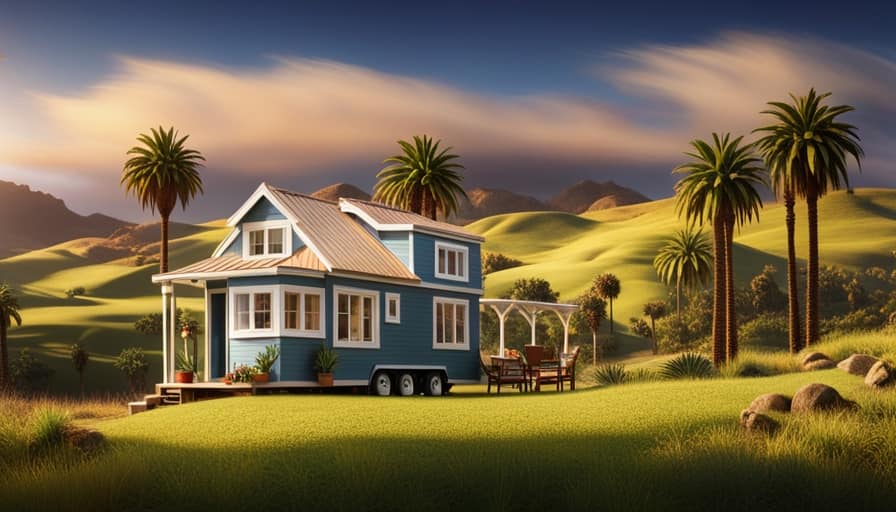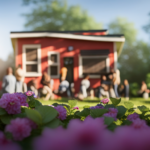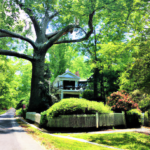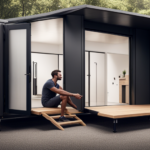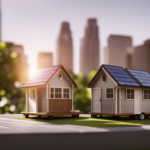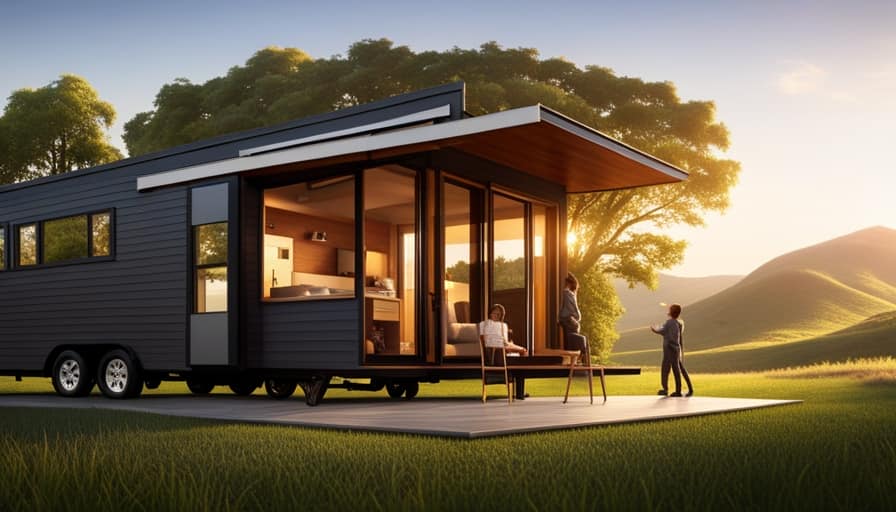As an advocate for community empowerment and helping others, I have always been fascinated by the idea of tiny house villages for the homeless.
How do they work? Well, let me break it down for you.
These villages are created through a collaborative decision-making process, where everyone’s input is valued. Design and construction follow, ensuring that the houses are safe and comfortable.
Essential services and support are provided to help individuals get back on their feet, while a strong sense of community is fostered.

It’s truly inspiring to see the impact of these villages.
Key Takeaways
- Collaborative decision-making process involving all stakeholders ensures that decisions are made collectively and in the best interest of the community.
- Providing essential services and support such as healthcare partnerships, employment opportunities, counseling services, and access to educational resources helps individuals transition out of homelessness towards stability.
- Creating a sense of community through social integration, community engagement activities, and a support system within the village fosters a sense of responsibility and belonging among residents.
- Tiny house villages contribute to housing stability, health and well-being, cost-effectiveness, and social impact by providing stable housing, access to basic amenities, improved physical and mental health outcomes, cost savings, and a positive social impact on both residents and the surrounding community.
The Collaborative Decision-Making Process
I’ll explain how the collaborative decision-making process works in tiny house villages for the homeless.
Collaborative decision making is a crucial aspect of running these villages effectively and efficiently. It involves bringing together all stakeholders, including residents, staff, and community members, to make decisions collectively.
This approach ensures that everyone has a voice and that decisions are made in the best interest of the community as a whole. However, it also presents its own set of challenges. Balancing different opinions and finding common ground can sometimes be difficult, but it’s essential for the effectiveness of the decision-making process.
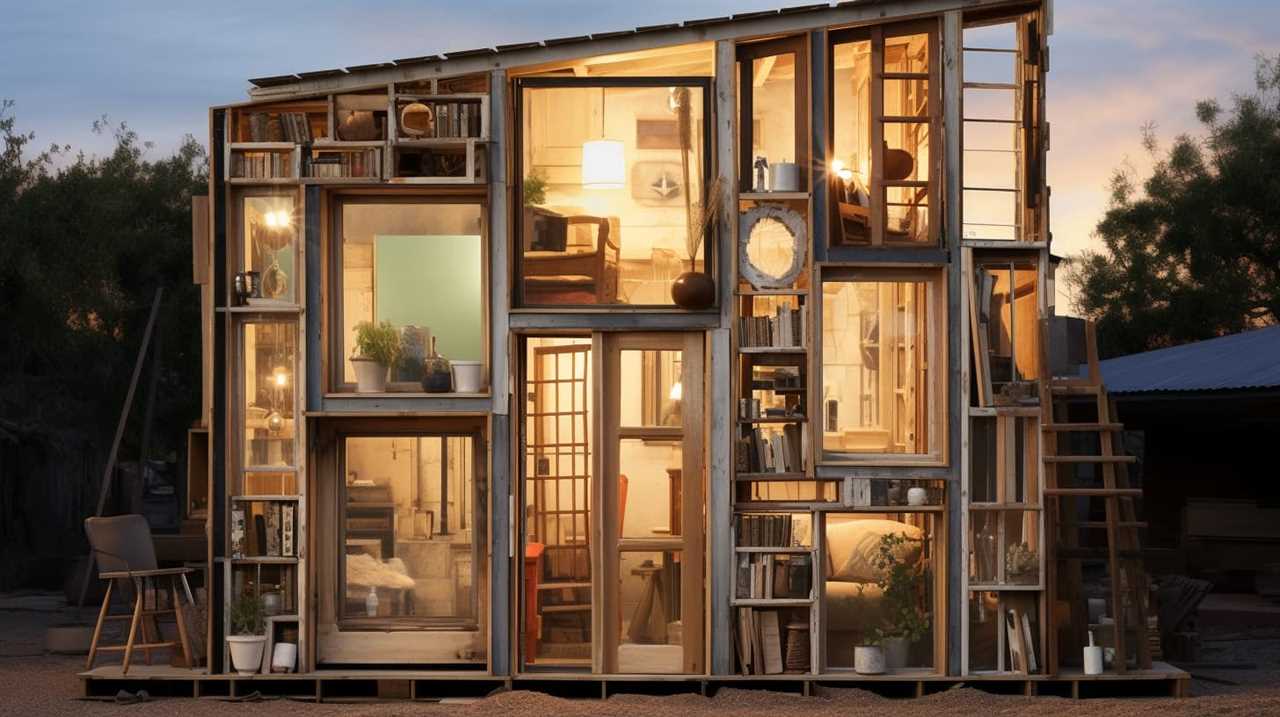
Additionally, ensuring that decisions are implemented and followed through requires ongoing communication and accountability. Despite these challenges, the collaborative decision-making process in tiny house villages for the homeless has proven to be an effective way to create a sense of community and empower residents to take ownership of their living situation.
Designing and Building Tiny House Villages
To design and build tiny house villages, we must carefully consider the available space and resources while ensuring the houses are safe and functional for the residents. One important aspect is the use of sustainable materials, which not only reduce environmental impact but also contribute to the overall well-being of the community. By using materials such as reclaimed wood, recycled metal, and energy-efficient appliances, we can create homes that are both eco-friendly and cost-effective. Additionally, it is crucial to adhere to zoning regulations to ensure the villages are located in appropriate areas and meet all necessary requirements. This ensures the safety and legality of the project, allowing it to benefit the community without causing any conflicts or issues.
| Column 1 | Column 2 | Column 3 | Column 4 |
|---|---|---|---|
| Sustainable Materials | Reclaimed wood | Recycled metal | Energy-efficient appliances |
| Zoning Regulations | Proper location | Compliance with regulations | Safety and legality |
Providing Essential Services and Support
With the help of community organizations and government agencies, we can provide essential services and support to the residents of tiny house villages for the homeless. These services are crucial in helping individuals transition out of homelessness and towards a more stable and independent future.
Here are four key ways in which we can provide essential services and support:
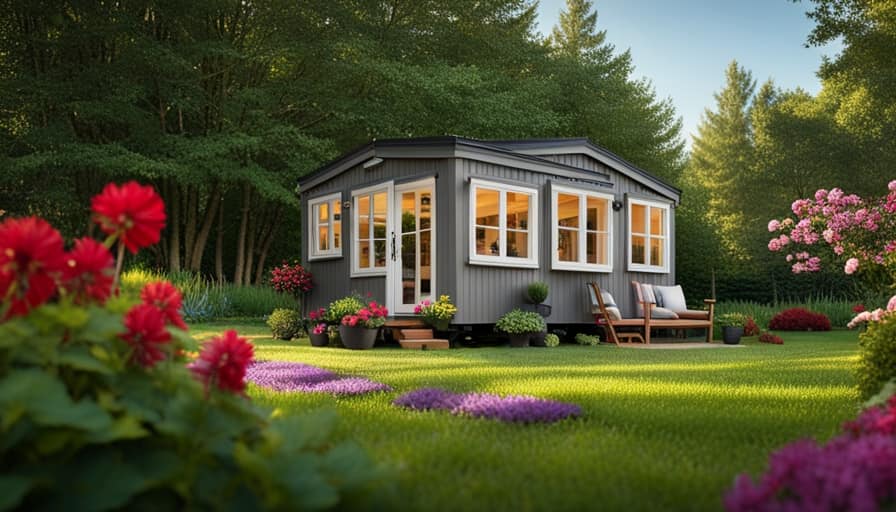
-
Access to healthcare: By partnering with healthcare providers, we can ensure that residents have access to regular medical check-ups, vaccinations, and necessary treatments. This is vital for their overall well-being and to address any underlying health issues.
-
Employment opportunities: Collaborating with local businesses and organizations, we can help residents find employment opportunities and provide job training programs. This allows them to gain valuable skills, earn a stable income, and reintegrate into society.
-
Mental health support: Offering counseling services and mental health support within the village can address the emotional and psychological needs of residents. This is crucial as many individuals experiencing homelessness may have experienced trauma or have ongoing mental health challenges.
-
Education and skill-building: Providing access to educational resources and skill-building programs can empower residents to enhance their knowledge and acquire new skills. This can open up opportunities for further education or better employment prospects, contributing to their long-term stability.

Creating a Sense of Community
But, by fostering a sense of belonging and connection among residents, we can create a strong and supportive community within the tiny house village for the homeless.
Social integration plays a crucial role in building this sense of community. Residents are encouraged to participate in various community engagement activities, such as shared meals, gardening, and group discussions. These activities help residents form relationships and develop a support system within the village.
Additionally, community events and workshops are organized to promote social interaction and skill-building. By creating opportunities for residents to engage with one another, we can enhance their overall well-being and sense of belonging.
This sense of community not only provides emotional support but also helps residents develop a sense of responsibility towards their fellow neighbors, leading to a more cohesive and supportive living environment.
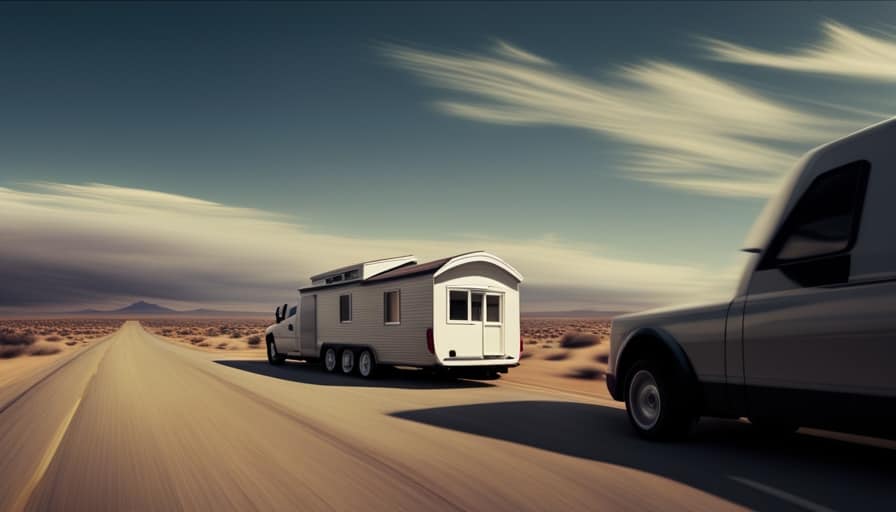
Evaluating the Impact and Success of Tiny House Villages
As a researcher, I’ve conducted evaluations to assess the impact and success of tiny house villages for the homeless. Here are some key findings regarding the measuring effectiveness and long-term sustainability of these villages:
-
Improved Housing Stability: Tiny house villages have shown to significantly increase housing stability among the homeless population. Residents have a safe and secure place to live, reducing their chances of returning to homelessness.
-
Enhanced Health and Well-being: The villages provide access to basic amenities like clean water, sanitation facilities, and healthcare services. This leads to improved physical and mental health outcomes for residents.
-
Increased Community Engagement: Residents of tiny house villages often report feeling a sense of belonging and community. They actively participate in communal activities, support each other, and develop social connections.

-
Cost-effectiveness: Compared to traditional shelter systems, tiny house villages offer a more sustainable and cost-effective solution. The initial investment in building the villages is often recovered through reduced costs associated with emergency services and healthcare utilization.
Frequently Asked Questions
How Are the Locations for Tiny House Villages for the Homeless Chosen?
Location selection for tiny house villages for the homeless involves a thorough process that includes community engagement. Factors like availability of land, proximity to services, and zoning regulations are considered to ensure a suitable and supportive environment for residents.
Are There Any Regulations or Zoning Restrictions That Need to Be Considered When Designing and Building a Tiny House Village?
When designing and building a tiny house village, it is important to consider regulations and zoning restrictions. These requirements ensure the safety, functionality, and compliance of the village with local laws and ordinances.
What Types of Essential Services and Support Are Typically Provided in Tiny House Villages for the Homeless?
In tiny house villages for the homeless, essential services and support are provided to address basic needs like food, healthcare, and counseling. Community engagement and evaluation methods are utilized to ensure the effectiveness of these services.
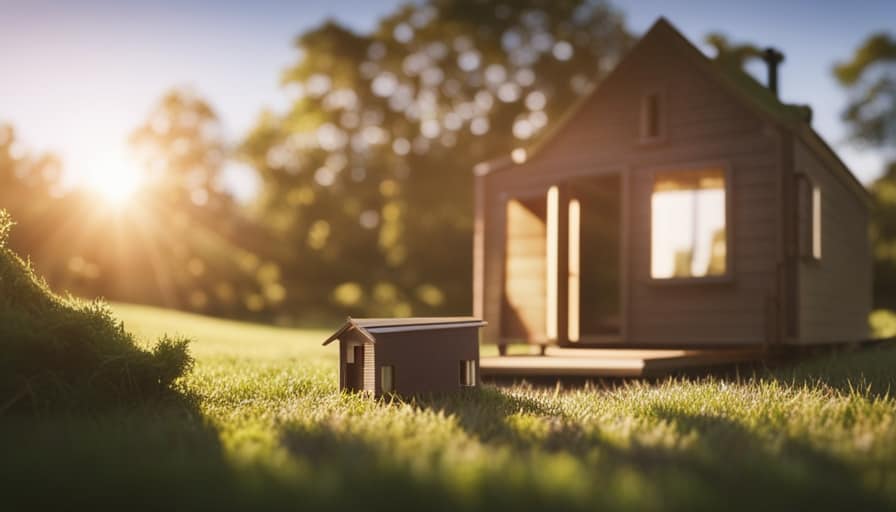
How Do Tiny House Villages Foster a Sense of Community Among Their Residents?
Living in a tiny house village has given me a strong sense of belonging. Community engagement is fostered through shared spaces and events. It’s amazing how such a small space can create a close-knit community.
What Methods Are Used to Evaluate the Impact and Success of Tiny House Villages for the Homeless?
When evaluating the impact and success of tiny house villages for the homeless, methods like surveys, interviews, and data analysis are commonly used. However, challenges arise in assessing the long term effectiveness due to factors like limited resources and individual circumstances.
Conclusion
In conclusion, tiny house villages for the homeless offer a promising solution to address the housing crisis. Through a collaborative decision-making process, these villages are designed and built to provide essential services and support, fostering a sense of community among residents.
Evaluating the impact and success of these villages is crucial to understanding their effectiveness. By investigating the truth of this theory and gathering data, we can further deepen our understanding and make informed decisions to tackle homelessness.

I’m Theodore, and I love tiny houses. In fact, I’m the author of Tiny House 43, a book about tiny houses that are also tree houses. I think they’re magical places where imaginations can run wild and adventures are just waiting to happen.
While tree houses are often associated with childhood, they can be the perfect adult retreat. They offer a cozy space to relax and unwind, surrounded by nature. And since they’re typically built on stilts or raised platforms, they offer stunning views that traditional homes simply can’t match.
If you’re looking for a unique and romantic getaway, a tree house tiny house might just be the perfect option.
